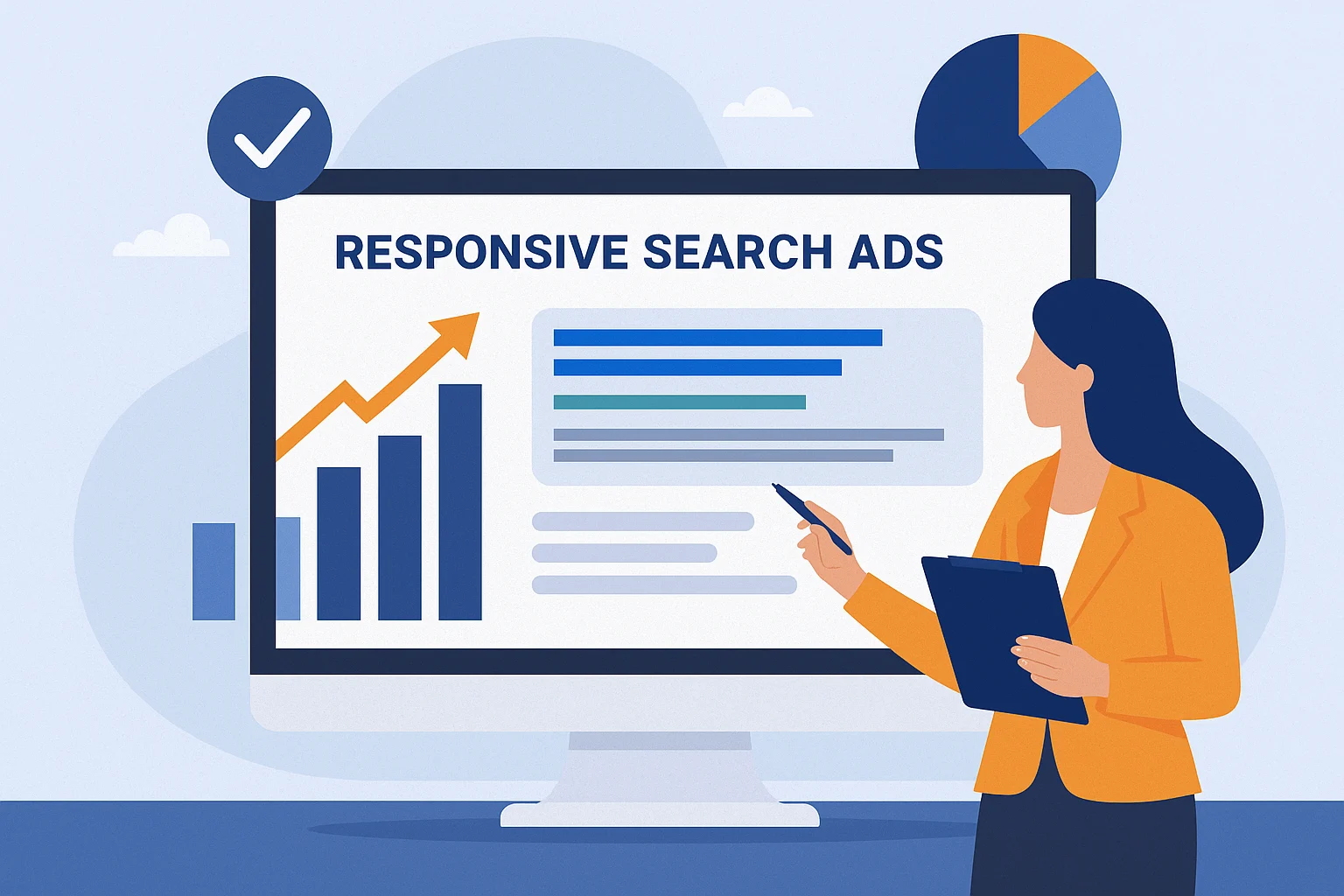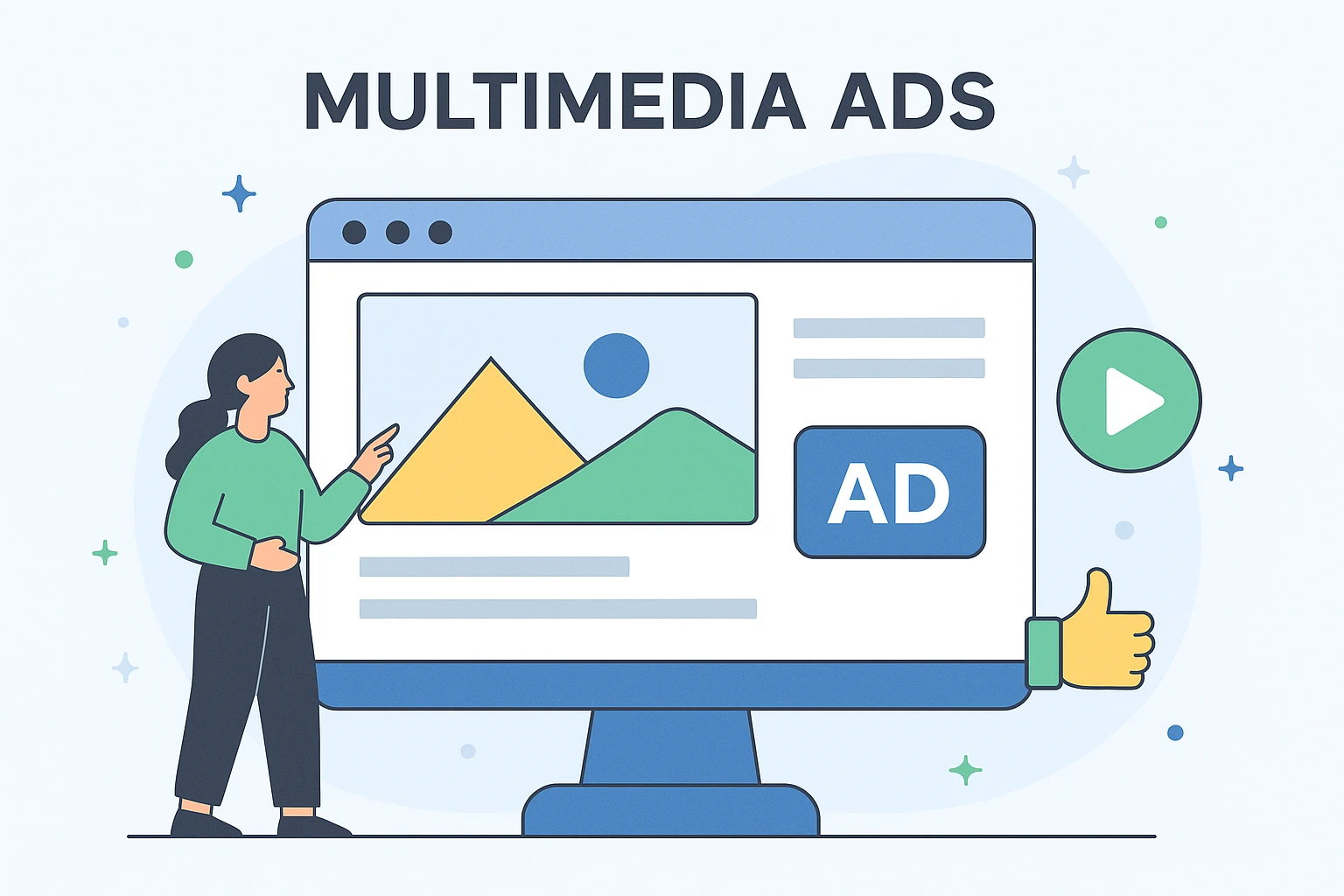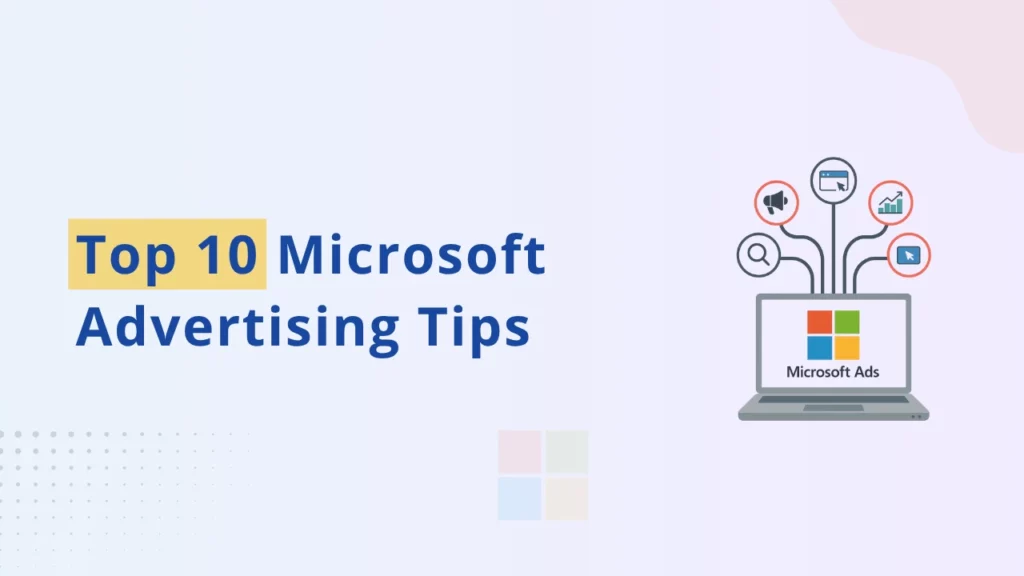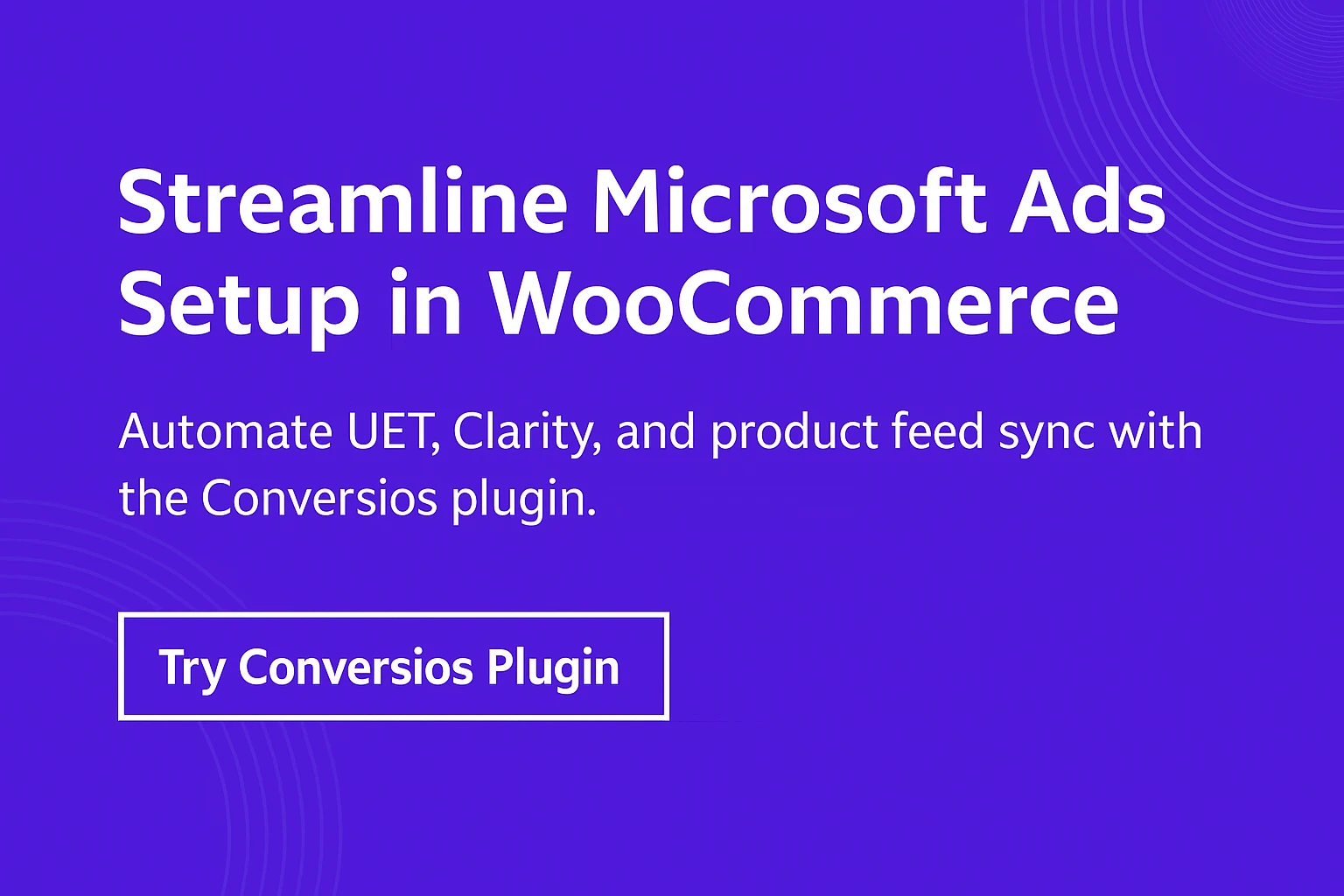Most brands are still sleeping on Microsoft Ads.
While advertisers focus heavily on Google and Meta, Microsoft has quietly become one of the most underrated performance channels of 2025. With AI-powered Bing, LinkedIn-level targeting, and placements across Outlook, MSN, and Windows, it’s built for reach and precision.
If you’re running eCommerce or lead-gen campaigns, Microsoft Ads now offers better CPCs, richer audience signals, and full control across devices and platforms. But only if you use it right.
If you’re running a WooCommerce store, here’s a dedicated breakdown on how to leverage Microsoft Ads for WooCommerce for better performance and conversions.
In this blog, we’ll walk through 10 practical Microsoft Ads strategies that go beyond the basics. Whether you’re optimizing for B2B leads or product sales, this is your playbook to grow smarter in 2025.
1. Use LinkedIn Targeting to Reach Decision-Makers
Microsoft Ads lets you target users by job title, company, or industry using LinkedIn data – a huge advantage for B2B advertisers. Instead of broad interest targeting, this helps you reach decision-makers actively searching on Bing and browsing Microsoft platforms.
How to use it:
- Enable LinkedIn targeting during audience setup
- Combine with keywords or remarketing lists
- Filter by company size or industry for a better fit
Quick tip: Ideal for SaaS, consulting, or high-ticket leads where intent and role matter most.
2. Run Shopping Ads That Convert
Microsoft Shopping Ads appear across Bing, MSN, Edge, and Outlook – giving your products unmatched visibility. They include product images, prices, and ratings, making them ideal for eCommerce brands looking to drive clicks from ready-to-buy users.
What to do:
- Sync your store with Microsoft Merchant Center
- Choose Standard Shopping for full control
- Segment products by margin or priority
Tip: Retarget product viewers with MSAN display ads to increase conversions.
3. Expand Reach with Microsoft Audience Network (MSAN)

MSAN places your ads across Microsoft-owned properties like MSN, Outlook, and Edge – areas where your audience is already engaged. It’s a great way to boost visibility beyond search while staying within one platform.
It works well for top-of-funnel campaigns, brand awareness, and retargeting users who didn’t convert on their first visit.
What to do:
- Enable MSAN during campaign setup or create dedicated audience ads
- Use strong visuals and benefit-driven copy
- Combine with Shopping or remarketing lists for better impact
Pro tip: MSAN works best when paired with impression-based audiences. Use this for warm-up before a Search ad follow-up.
Want to explore Microsoft’s automation further? Here’s how to run a Performance Max campaign using Conversios.
4. Use Responsive Search Ads to Match Buyer Intent

Responsive Search Ads (RSAs) let Microsoft mix headlines and descriptions automatically. This means your best-performing combination adapts in real-time to match search intent, device, and even user behavior.
This saves you time on manual A/B testing while improving click-through and relevance.
What to do:
- Write 8–10 diverse headlines covering benefits, urgency, and product USPs
- Add 2–4 clear, persuasive descriptions
- Include keywords like “compare,” “get offer,” or “free demo” where relevant
Tip: Review performance by asset regularly and pause underperformers to improve ad strength.
5. Switch to Smart Bidding with Target ROAS or CPA
Smart Bidding eliminates the guesswork. With Universal Event Tracking (UET) set up, Microsoft Ads can auto-adjust bids to meet your goals – whether that’s cost per lead or return on ad spend.
This is ideal for scaling campaigns without constantly tweaking bids manually.
What to do:
- Activate UET and let it collect data
- Use Target CPA for lead-gen or Target ROAS for eCommerce
- Monitor performance weekly to fine-tune goals
Use case: A fashion store running high-margin products can use Target ROAS to maximize revenue while maintaining profitable ad spend.
6. Track Conversions with UET and Learn via Clarity
UET tracks conversions, while Microsoft Clarity shows you how users behave on your site after they click. Together, they provide data that improves both campaign performance and website UX.
You’ll know not just what converts – but also why or where users drop off.
What to do:
- Set up UET using Google Tag Manager or follow this step-by-step Microsoft Ads setup guide using the Conversios plugin.
- Install Microsoft Clarity for visual insights
- Use findings to refine landing pages and fix UX issues
Quick fix: Identify high-exit pages via Clarity and test new CTA placements or layout changes.
7. Re-engage visitors Using Remarketing Lists (RLSAs)
Most people won’t convert on their first visit. RLSAs let you re-target users who interacted with your site – such as viewing product pages, visiting pricing, or abandoning carts.
Customized messaging for returning users can drastically improve conversion rates.
What to do:
- Create UET-based audience lists
- Adjust bids for higher-intent visitors
- Write ad copy that speaks to revisit intent (e.g., “Still interested?”)
Tactic: Pair with promotional messaging or urgency-based CTAs to bring users back.
8. Use Multimedia Ads and Image Extensions to Boost Engagement

Visuals help your ads stand out – especially on mobile or branded search. Microsoft’s Multimedia Ads let you feature bold images, headlines and calls to action right at the top of search results.
Image extensions can also enhance regular text ads.
What to do:
- Use clear, product-focused visuals or strong lifestyle imagery
- Match your message to your landing page experience
- Apply image extensions to campaigns where visual context drives decisions
Use Case: A furniture brand using Multimedia Ads for featured pieces often sees increased engagement and higher time on site.
9. Optimize Delivery by Device, Schedule, and Location
Not every click brings equal value. With Microsoft Ads, you can fine-tune delivery to target the right users at the right time – across device types, hours of the day, and user locations.
This helps control spend and improve return on ad spend.
What to do:
- Review device and time-based performance reports
- Exclude low-performing time slots or adjust bid modifiers
- Optimize mobile campaigns for speed and clarity
Best Practice: For B2B, focus on business hours and desktop. For DTC, evenings and mobile perform better.
10. Refine Landing Pages for Microsoft Users
Your ad can win the click, but your landing page needs to seal the deal. Microsoft users often arrive from Windows OS, Edge browser, or Outlook environments, so performance across these platforms matters.
Ensure your landing pages are fast, relevant, and matched to the ad’s promise.
What to do:
- Test on Edge and across device types
- Match headlines to your ad copy
- Mention product compatibility or benefits tied to Microsoft tools (e.g., Outlook, Teams)
Quick win: Use Clarity heatmaps to locate bounce triggers, then tweak page layout or messaging.
Final Thoughts
Microsoft Ads has moved beyond being a backup platform. With lower CPCs, strong targeting, and placements across Microsoft’s ecosystem, it’s a smart way to grow in 2025.
The strategies above are not trends they’re practical methods to improve your ROI and reach new audiences.
Start small, track results, and scale what works.
Frequently Asked Questions
Q. Is Microsoft Advertising worth it in 2025?
Yes. With AI-powered Bing, LinkedIn targeting, and lower CPCs, Microsoft Ads offers strong ROI for both B2B and eCommerce brands.
Q. How is Microsoft Ads different from Google Ads?
Microsoft Ads provides unique placements across Outlook, MSN, and Edge, along with exclusive LinkedIn profile targeting – features not available in Google Ads.
Q. Can I import my Google Ads campaigns into Microsoft Ads?
Yes. Microsoft Ads Manager allows one-click import from Google Ads, including your keywords, bids, and campaign structure.
Q. How does Microsoft Ads compare to Google Ads for CPC and ROI?
Microsoft Ads often delivers lower CPCs and comparable or better ROI for certain niches, especially B2B and retail. Its LinkedIn-level targeting and lower competition help advertisers get more from their budget when optimized properly.
Q. Can I run Microsoft Ads directly from my WooCommerce store?
Yes. With tools like the Conversios plugin, WooCommerce store owners can connect their product feed, set up UET tracking, and launch campaigns without manual steps – all from within WordPress.


